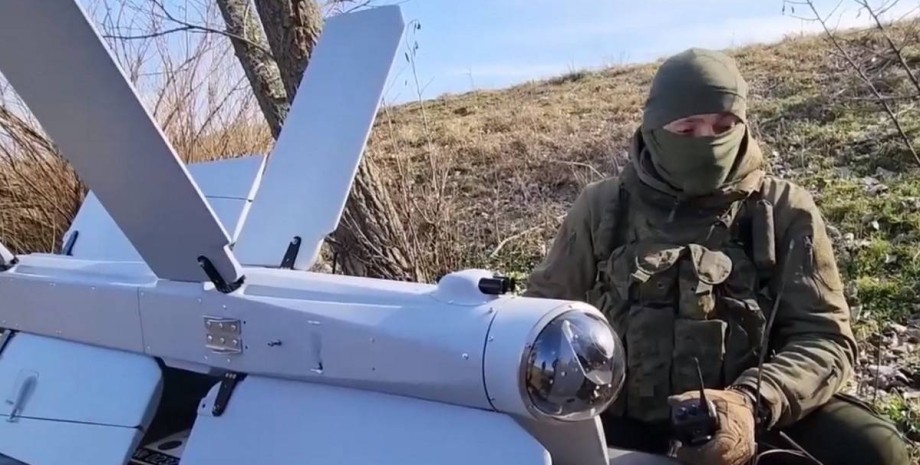
 By Natali Moss
By Natali Moss
Many screenshots made from the video of "Lancet", recently published on Lostarmour, show that it looks like a new version of the system detection system. Instead of the "capture of the target" in Russian, the name of the machine appears on the display - this indicates that there is some form of automated identification of objects with drone. "The use of machine learning seems to be the most likely explanation," said CSIS forbes forbes Zak Callenborn.
- "However, the displayed classification is interesting. Perhaps it serves the operator to check the accuracy?". The display also shows a red sign "+" when the target is identified and other new characters. On one screenshot, for example, the target is marked as a 122-mm self-propelled artillery installation 2C1 "Carnation", on the other-152 mm self-propelled howitzer 2A65 "MSTA-B", on the third-M109 Paladin. Leopard 2 and T-72 tanks were also identified.
Showed "Lancet" shocks still have the usual format: the purpose is visible from the point of view of the reconnaissance drone, then switch to the sight of the oncoming "Lancet" when approaching the target - the quality of the video is noticeably worse - then back to the reconnaissance drone to see the consequences a blow. So Lancet does not work independently. Screenshots of Russian UAV strikes were taken from a nine-minute video published in the Telegram-channel "Ribbar" on February 27, 2024.
It is claimed that the video demonstrates the work of the units of the Russian special forces operating in the rear of Ukraine. The new goal identification system has two potential advantages: it can work faster and more reliable than the operator when confirming the goals, and it will continue to work, even if the contact with the operator is lost due to obstacles. The publication notes that the updated "lanceotes", judging from the video, do not strike trucks, buildings or live power.
Interestingly, the drones were unable to recognize Vampire missile systems from L3, which are usually installed on trucks, probably because they are too new and rare, and they simply do not have a database. Forbes emphasizes that information from Russian media should not be trusted. Therefore, the data that broadcasts the Ribibary channel, which has close ties with the Ministry of Defense of Russia and the FSB, that the "lancet" impressed 21 targets, do not talk about all launches.
It is unknown how many "lancets" deviated from the course, and how many - attacked trees and shrubs. But published rollers and screenshots try to convince us that Russia has a drone, capable of identifying and fixing certain types of vehicles. However, "smart" "lanceotes" are unlikely to look for goals.
It can be assumed that the goal is found by a reconnaissance drone and then "Lancet" is brought to it, although Samuel Bendett, an expert from Russian UAVs from the United States, says it is impossible to evaluate exactly how it works. "Judging by the numerous recent statements of the Ministry of Defense about unmanned artificial intelligence, these opportunities, at least to some extent, are used in battle," Bendett commented. This opportunity is not unique to Russia.
Ukrainian drone developers are also working on the creation of Shi-non-Spylloders. For example, Sker Scout drone with an autonomous attack has already been used by the Armed Forces.
The report of the British Defense Analytical Center of Rusi states that the victory in Ukraine will reach the side that will be able to deploy a large number of autonomous drones, and that the efforts of the event should be aimed at supporting Ukraine's efforts in this direction: "Critics should be reminded that if Russia will learn how to use thousands of cheap drones-"killers" that are used for targeting, Ukrainians will pay a high price.










All rights reserved IN-Ukraine.info - 2022